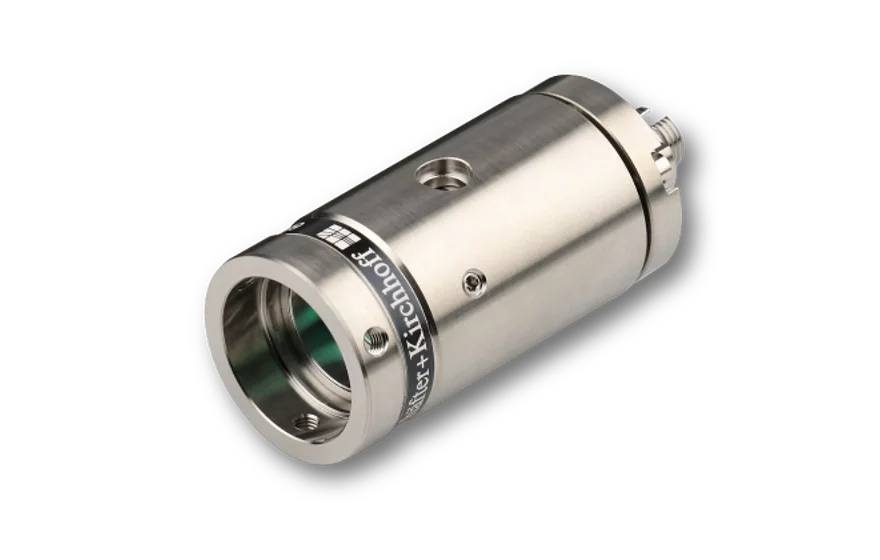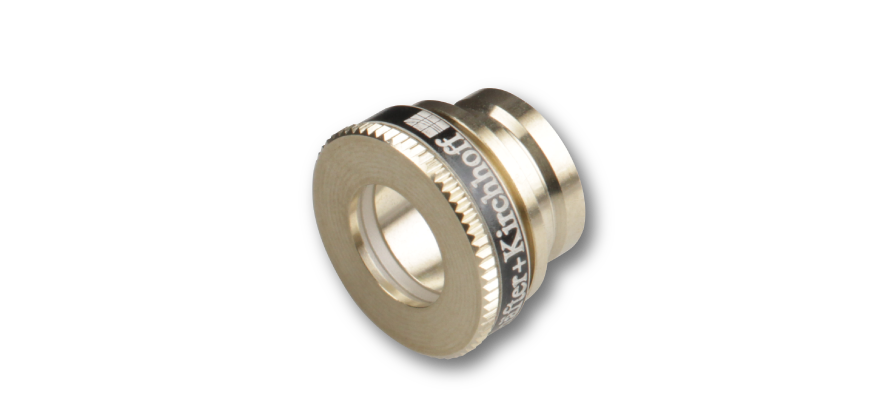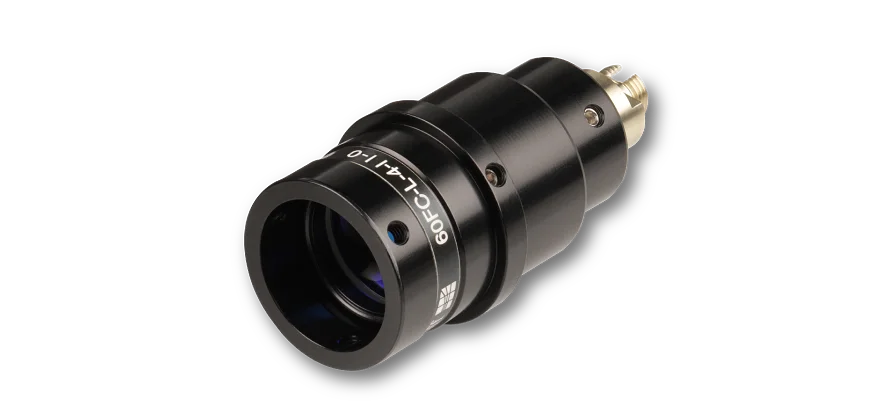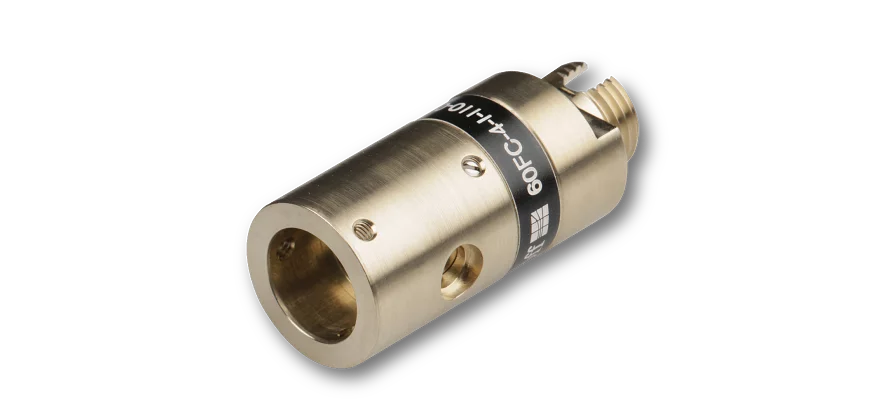Features
- Made from amagnetic titanium
- Large beam diameters: Focal lengths up to 200 mm
- Choice of monochromats or achromats
- Various AR coatings for UV - IR
- Choice of fiber receptacles: FC PC or FC APC (standard), SMA (0°,5°,8°), many others available
- Integrated TILT adjustment to prevent aberrations from vignetting or clipping
- Front connector accepts attachment optics











